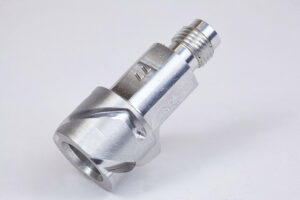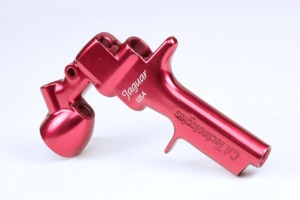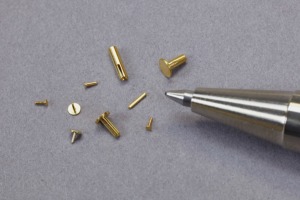CNC turning and milling may appear to be the same to someone who isn’t familiar with the technique. After all, the procedures appear to be extremely similar and produce comparable effects. Understanding the differences between CNC turning and milling, on the other hand, can help you choose which approach is appropriate for your project, thus saving you time and money. In this article, we are going to cover the differences, so if you stay with us, you will be an expert on the topic.
What is CNC Turning?
The turning method is frequently used to create objects with symmetrical and cylindrical characteristics. A single-point cutting tool is positioned against the spinning workpiece to remove material while the material is held in a chuck and spun at high speeds. For high-volume runs, turning operations on a CNC lathe may be quite efficient. The inclusion of a bar feeder can assist automate the operation and reducing the machinist’s human labor.

CNC turning is generally used to make cylindrical pieces, as previously stated. Shafts, unique hollow tubes, conical forms, and any other axially symmetric item can be used. While 5-axis machining may also be used to make cylindrical items, turning is more efficient and has a cheaper hourly cost.
What is CNC Milling?
A milling procedure will most likely be employed when an item does not have critical cylindrical characteristics. A revolving cutter travels around the work item removing material while it is held stationary. To machine the different sides on a 2 or 3 axis CNC milling device, the workpiece must be manually turned. To create complicated curves and forms, a 4 or 5 axis machine may automatically rotate the workpiece or spindle.

The original block’s dimensions are typically bigger than the end part’s overall size. As a result, precise machining is achievable on both sides. Because the tolerances are so close, achieving an excellent surface polish is simple.
What Are The Most Important Differences Between The Two Methods?
The different characteristic between CNC turning and CNC milling is whether the machine or the raw material moves. The material is maintained in place as the cutting tools spin around it in CNC milling procedures. CNC turning, on the other hand, necessitates the tools remaining in the same position while the material is rotated at a high rate to get the desired form.
Although this is a simplified explanation, the processes are far more complex than they appear. Here are a few additional ways in which CNC turning and CNC milling differ:
- CNC milling is excellent for cutting flat and uneven surfaces, whereas CNC turning is mostly utilized for cylindrical or conical surfaces.
- Cutting tool features include a single point for CNC turning and a multi-point for milling.
- CNC turning entails continuous cutting, with the tool being in contact with the workpiece at all times. Intermittent cutting is used in CNC milling when the cutting teeth engage and disengage from the raw material regularly.

Ultimately, whether to mill or turn an item relies on its design and qualities. Milling will be used for the majority of big, square, or flat items with features. Turning will be used for the majority of cylindrical items with features.
If you are currently planning the production of your first prototype or the mass production of your product, don’t hesitate to get in touch with us. We are happy to help you decide which CNC machine has the matching capabilities for your project.